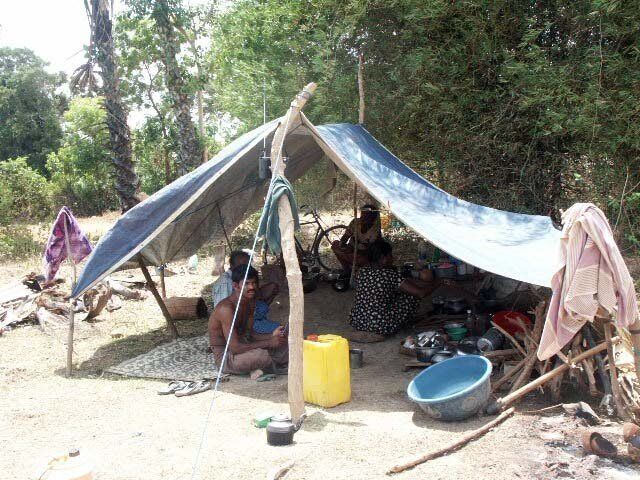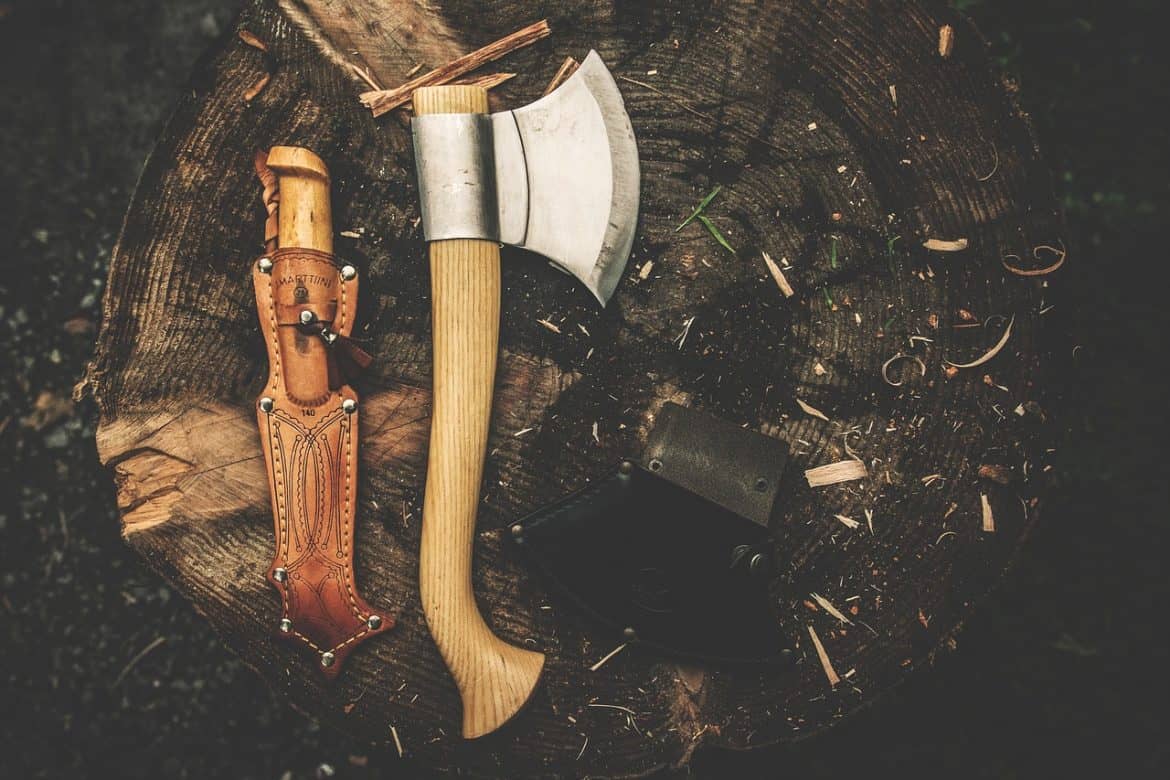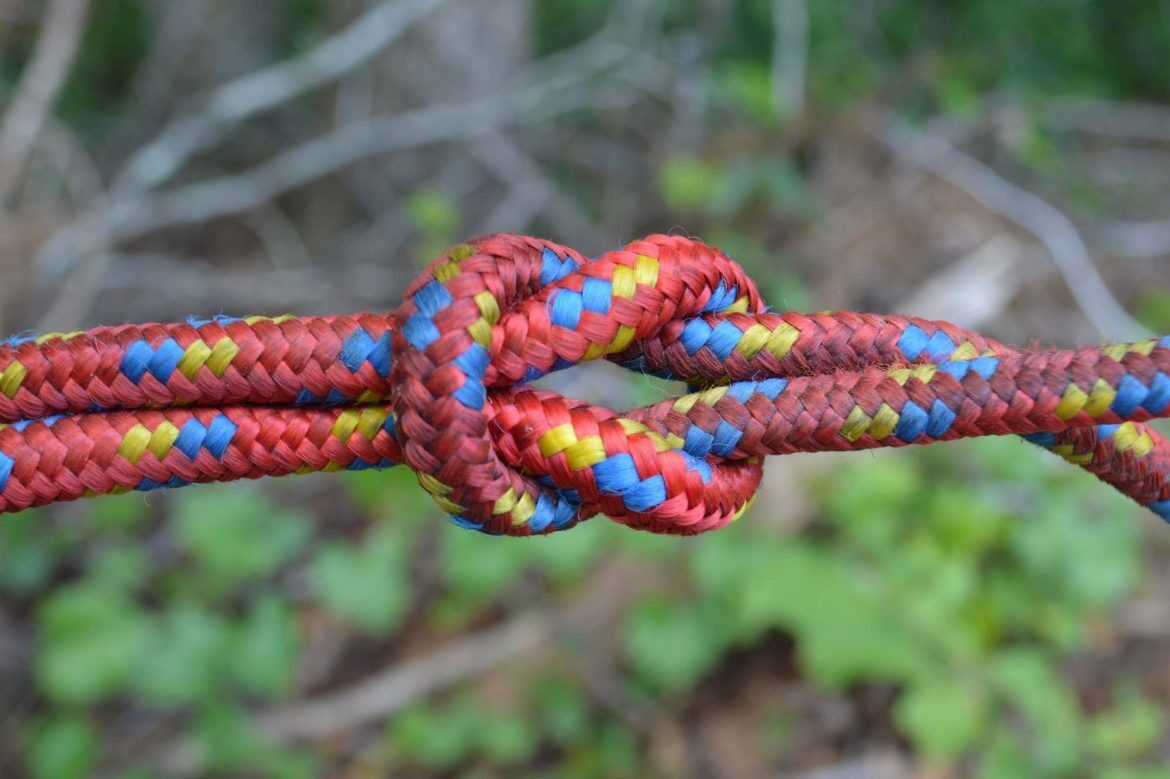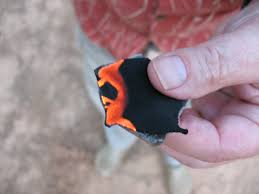Wilderness survival can be one of the most challenging adventures of a lifetime. Being in the wild and with nature can be a profound experience. However, things in the wilderness may not be just about sightseeing, exploration and fun. If one desires to venture the wild and to keep alive staying there, he should know […]
Category: Outdoor Skills | Survival
7 Must Have Items for Wilderness Survival
If you are going out into the wilderness, you should make sure you are going well prepared with the right items for survival. Sure, no one wants or expects to get into a life threatening situation. However, in the wilderness, anything can happen at any time. In this article, we have complied 7 must have […]
How to Tie a Square Knot (AKA Reef Knot)
The Square Knot is one of the most well known knots. It is easy to tie and is useful for low strain ties. While most people call this knot a square knot, in actuality the knot is names the reef knot. The knot is popular among sailors, climbers, and gift wrappers for its convenience and […]
Making Char Cloth
I like mixing traditional survival skills and technology with the science and technology of modern times. While there are many modern ways to light fire, being able to use flint and steel or other older tech has its uses. Char cloth is a traditional tender that you can make yourself – it’s basically just cloth […]
Camping: How to Start a Fire With a Battery
Being a DIY Prepper involves learning multi-disciplines, and while I believe living off the land in a wilderness setting is a unrealistic TEOTWAWKI plan, I still think everyone should have basic wilderness survival skill. One outdoor skill everyone should possess is the ability to make fire. This is one skill that redundancy is especially […]





